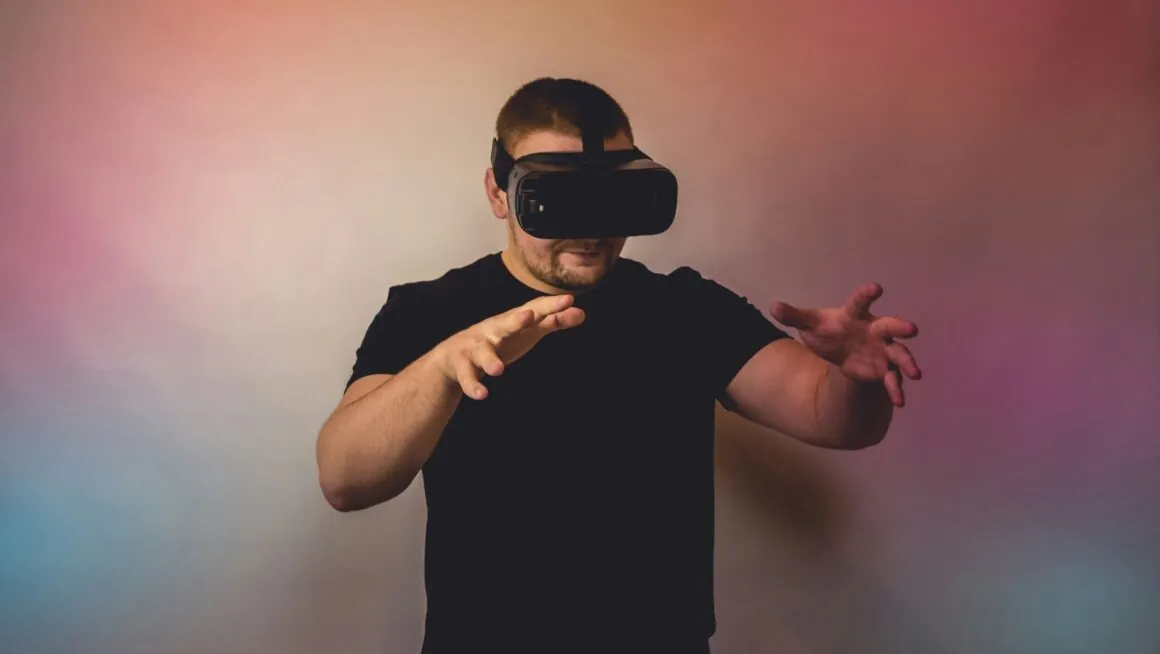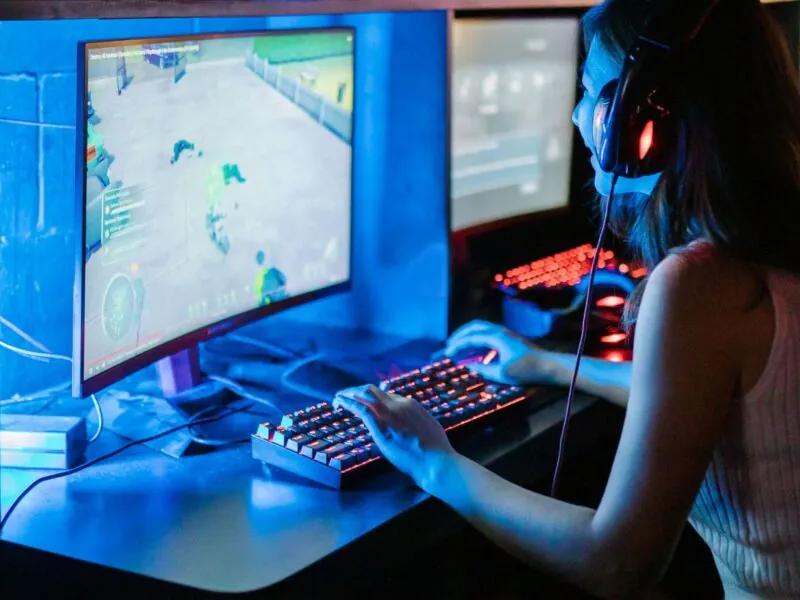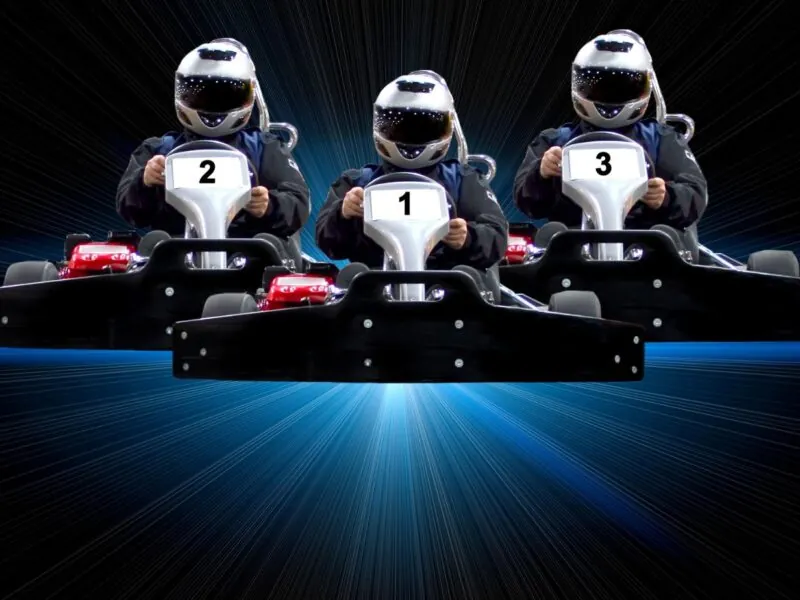Ever since they were invented, video games have transported us to new worlds. Early video games required a lot of imagination on the part of the player to get them there. Still, most who were around for the golden age of video games would agree that even with their simple graphics and mechanics, those titles effectively immersed them in new adventures. However, nothing can compare to today’s titles that allow players to step into fully realized worlds, which makes it hard to distinguish the virtual from the real world.
Technology has made this progress possible, with artificial intelligence (AI), virtual reality (VR), and augmented reality (AR) leading the way in creating highly immersive experiences that pull gamers deep into digital worlds. Pick up a video game today, and you can very well find yourself in a virtual world where you’re interacting with intelligent characters, hearing lifelike sounds, and feeling textures. In this article, we look at how this hyper-realism is blurring the line between reality and virtual worlds.
The Role of Audio in Creating Realism
A game’s audio is something that often fades into the background as we play through a game, but it plays an important role in how we experience the game, even if we don’t realize it. Audio plays an important role in all types of games. As online gaming has taken off in recent years, casinos have become a big part of the virtual world.
In an effort to make online casinos as true to life as possible, developers focus on replicating the sounds a gamer would hear on the casino floor in a virtual environment. Online and offline, poker is arguably the most popular card game in the world.

There’s no shortage of ways to play the game online, with platforms offering promotions like the PokerStars Power Path, where players can compete live or in online tournaments as they progress through four steps on their way to the Gold Power Pass that they can use to attend a European Poker Tour event or at an online tournament.
When playing poker online, subtle audio cues like the shuffling of cards, the clinking of chips, or alerts letting a player know it’s their turn all contribute to recreating the atmosphere found in a real-life poker room. We see the same thing happening in video games like Red Dead Redemption 2, where the sounds of nature, footsteps, and nearby conversations draw players into the game’s world.
Advancements in VR and AR
VR and AR have been the talk of the gaming world for more than a few years. However, only recently have the prices of these headsets started to fall enough to make them affordable for everyday gamers. These technologies are slowly but surely changing the face of gaming and are the most impactful technology gaming has seen in decades. What makes VR and AR so special is their ability to place gamers inside virtual worlds, allowing them to interact with the games they’re playing in a way that would’ve been inconceivable at the turn of the century.
While AR and VR are often used interchangeably, they have some important differences.

AR overlays digital elements onto the real world using devices like smartphones or AR glasses, while VR uses headsets to transport players to fully virtual worlds. In games like Pokémon Go, players interact with virtual objects in a real-world setting. On the other hand, virtual headsets like Meta Quest 3 and Apple Vision Pro take immersion to the next level, featuring detailed virtual worlds with haptic feedback and eye-tracking for an even more interactive experience. When players strap on these headsets, they get to walk through virtual landscapes and interact with digital creatures as if they were part of their everyday environment, making the gaming experience more lifelike than ever before.
There are many questions about what the future holds for these technologies. The metaverse has been slow to take off, but game developers are looking at new ways to integrate VR and AR into video games, including haptic suits and neural interfaces, which would make it possible for players to feel sensations in the virtual world or control parts of the game with their thoughts.







